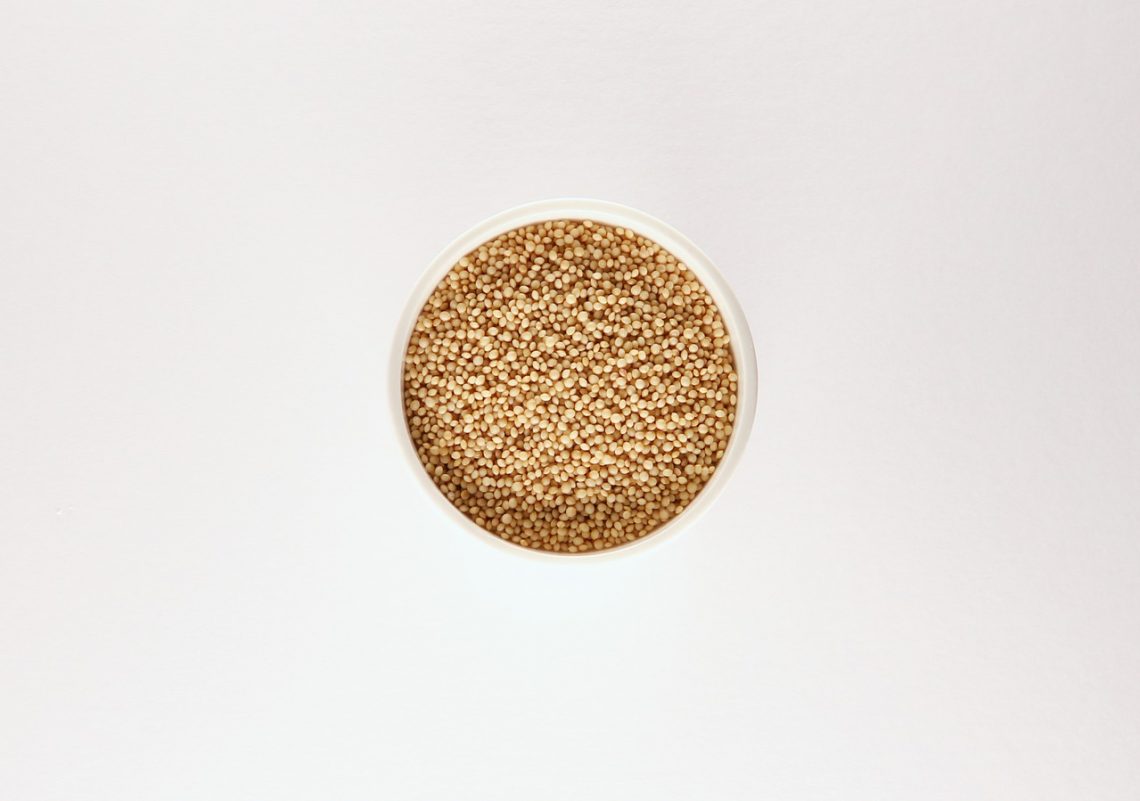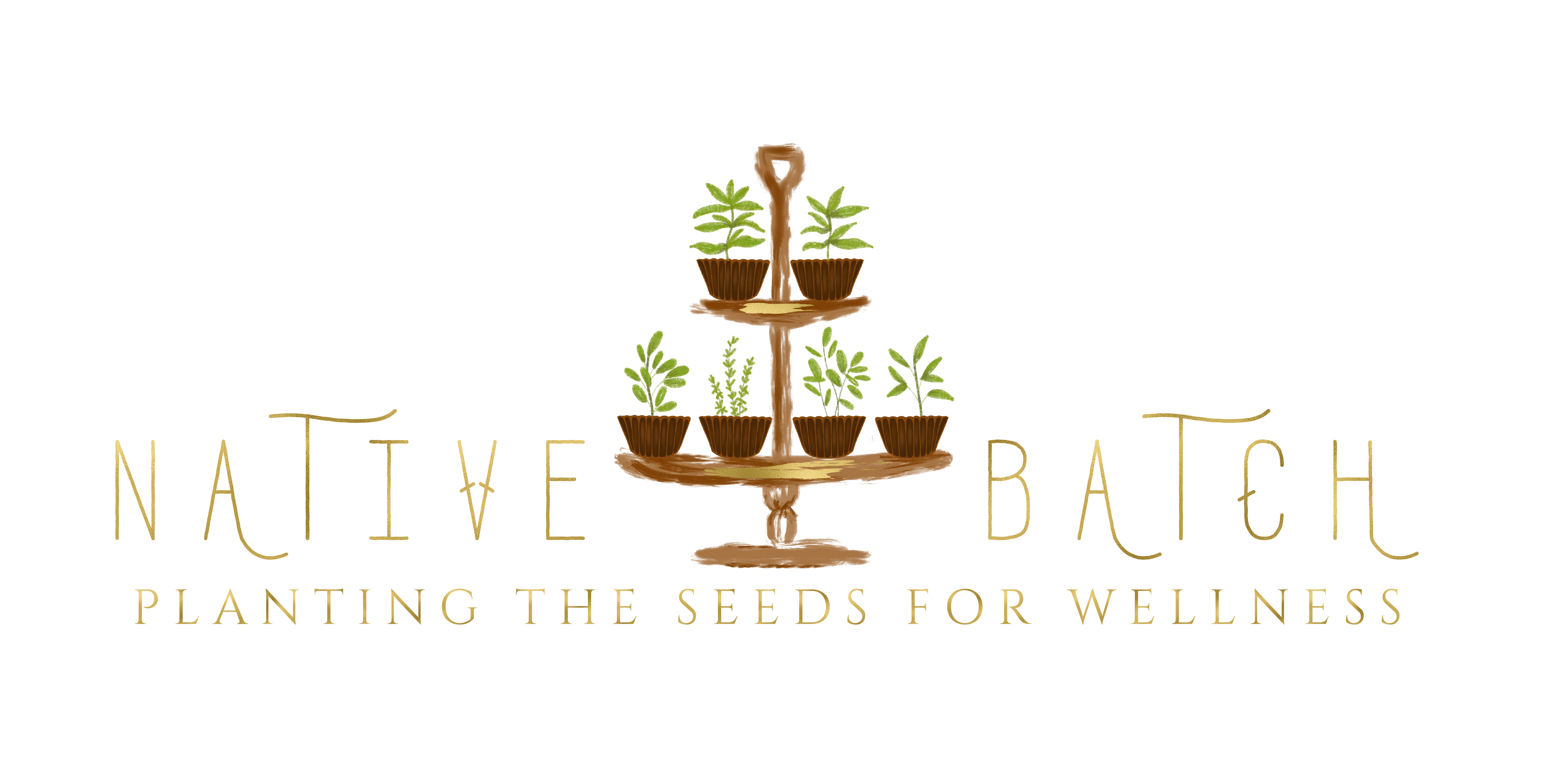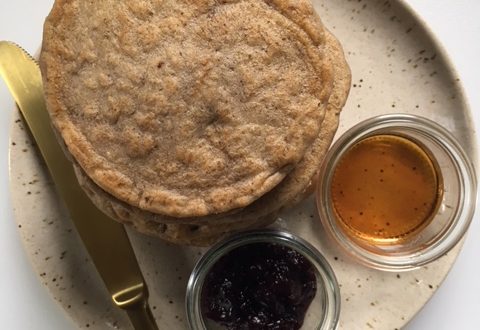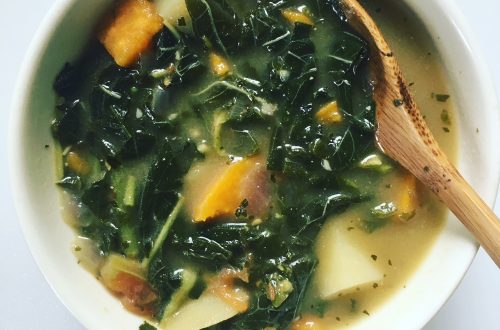
Amaranth, A Tiny Grain With Big Benefits
If someone came to me and said, from now on you are only allowed 5 food items for the rest of your life, one of those items would definitely be Amaranth. I came upon this ancient food source when researching Dr. Sebi and his dietary food list of what alkaline foods to eat (If you don’t know who Dr. Sebi is here’s a link). At the time I didn’t know too much about amaranth but remembered seeing the word as an ingredient in certain granola bars. Now I would say I eat amaranth as a porridge for breakfast at least four or five times out of the week. It’s so delicious! It fills me up till lunch and sometimes till dinner depending on what toppings I put on which I’ll explain further down below but first let’s talk about Amaranth, the benefits and the beauty of this delicious plant.
Amaranth Grain
Amaranth, otherwise known as Amaranthus is called a grain by some but it is actually a seed. There are over 60 varieties of the Amaranthus plant, three of the varieties are for food consumption which are; Amaranthus creunus, Amaranthus caudatus and Amaranthus hypochondriacus. According to mercola.com, Amaranth was originally cultivated by the Aztecs 8,000 years ago and is still a native crop to Peru. Oldways Whole Grains Council states amaranth was not only a major food source for the Aztecs but they used it for religious practices and when the Spaniards landed in what’s now known as Mexico they sought to destroy amaranth in order to convert everyone over to Christianity. Anyone found growing or possessing amaranth received harsh punishment. Little did Cortez and the Spaniards know was that amaranth was a plant that could not be easily destroyed.
Amaranth is currently grown in South America, Russia, Africa, China, Mexico and parts of America. Amaranth is adaptable and can grow in low water areas. The plant grows to 6 feet tall and has expansive green leaves with red or gold flowers.
The Benefits of Amaranth
Amaranth has many, many health benefits. Here’s a list:
- Helps lower cholesterol.
- Anti-inflammatory.
- Helps lower blood pressure.
- Very rich in protein.
- Very high in calcium has twice the calcium as milk.
- Has Lysine to build muscle, produce energy & help calcium absorption.
- Has vitamins A, C, E, K, B6, B5, folate, niacin & riboflavin.
- Has minerals like copper, zinc, potassium and magnesium.
- Helps to raise immune system.
How To Prepare Amaranth
While doing research on amaranth I came upon a research paper courtesy of Purdue University explaining some of the uses of amaranth in Peru and Mexico. In both areas the leaves of amaranth are boiled and fried, the seeds are popped and eaten, and in Peru the stalks are dried and used for fuel. In the Caribbean, the beautiful amaranth leaves are used to make a very popular stew called “Callaloo” a dish originating from West Africa.
Where I live I have yet to find a market that has amaranth leaves. So the only way I have used amaranth is in the seed form made into a porridge.
 |
| Amaranth Seeds |
I have also popped Amaranth and mixed it with honey to make the snack the Aztecs use to make thousands of years ago. Popping Amaranth is a lot of fun and would be a great activity for children to do with adult supervision. Here’s a quick video on how to pop Amaranth.
How I make my Amaranth porridge:
- 1/2 cup of Amaranth (unpopped)
- Add to 1 1/4 cups of water, bring to boil then simmer for about 20 minutes.
- Once the Amaranth thickens I add my coconut milk, agave nectar and whatever add-ins I feel like for the day.
- In the bowl below I added cacao powder while cooking my amaranth and on top I put walnuts, hemp seeds & bananas.
It makes the porridge so filling where I’m not hungry till almost dinner time.
Here’s a great video by one of my favorite YouTuber’s Tish Wonders on how she makes her Amaranth porridge.
Final Thoughts
Amaranth is a food that is not expensive to buy, will fill you up, is gluten free and will provide you with nutrients needed to sustain the body. To buy Amaranth you can go to a health food store, or to online stores like nuts.com.
When amaranth is eaten it’s like tiny, soft delicious seeds popping in your mouth, you cannot rush and eat it you must take your time, enjoy and savor each bite. Eating amaranth I not only think about each little seed packed with goodness and nutrition, I think in amazement that thousands of years ago this seed was a major part of Aztec civilization.
Peace & Wellness,
Native Batch





